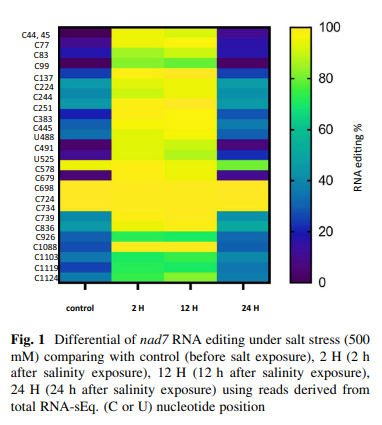
FCM-based approach for locating visible videowatermarks
The increased usage demand for digital multimedia has induced significant challenges regarding copyright protection, which is the copy control and proof of ownership. Digital watermarking serves as a solution to these kinds of problems. Among different types of digital watermarking, visible watermarking protects the copyrights effectively, since the approach not only prevents pirates but also visually proves the copyright of the broadcasted video. A visible watermark could be in any location on the frame (corner, center, diagonal, etc.). In addition, it could either completely or partially disappear for some frames. The same video also might have multiple watermarks. In order to strengthen the techniques of adding visible watermarks, there is a need to discover the weakness of the used watermarks. Since the major step of attacking a visible watermark is to locate it accurately, in this paper, a Fuzzy C-Means (FCM)-based approach is proposed to locate visible watermarks in video. Broadcasting channels are used to utilize video logos, which can be considered as a form of visible watermark that represents a trademark or symbol to declare the intellectual property ownership. In general, a high-standard video watermark has such properties as a clear background with distinctive shape without additional texture obscuring the watermark area. In addition, the probability of the logo appearing in the four corners of the video frames is higher than in the center. Based on these common properties of the video watermark, the proposed scheme locates the visible watermark using the Fuzzy C-Means technique without any prior information. The proposed technique has two stages: the first stage is positioning, and the second is masking (extracting the watermark mask). Due to real-world limitations such as noise, shadowing, and variations in cameras, the positioning stage is developed by employing gradient and Fuzzy C-Means classifier techniques. By using the dilation and erosion operators, the masking stage is developed to extract the watermark mask. Using a set of trademark videos, the proposed algorithm is tested and evaluated. A comparative study shows that the proposed FCM-based technique is able to achieve higher accuracy at a reasonable computational cost in comparison to the most related and recent published work. The proposed technique could locate different watermarks with high symmetry in their pattern, even if they appeared mutually in the same location. Still, it will be a challenge if the symmetry is low between used watermarks in the same location. © 2020 by the authors.


